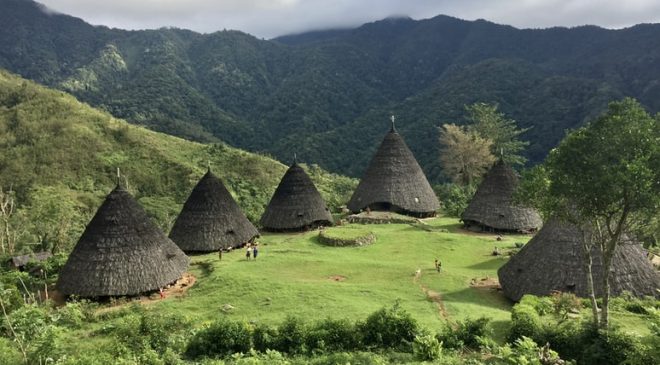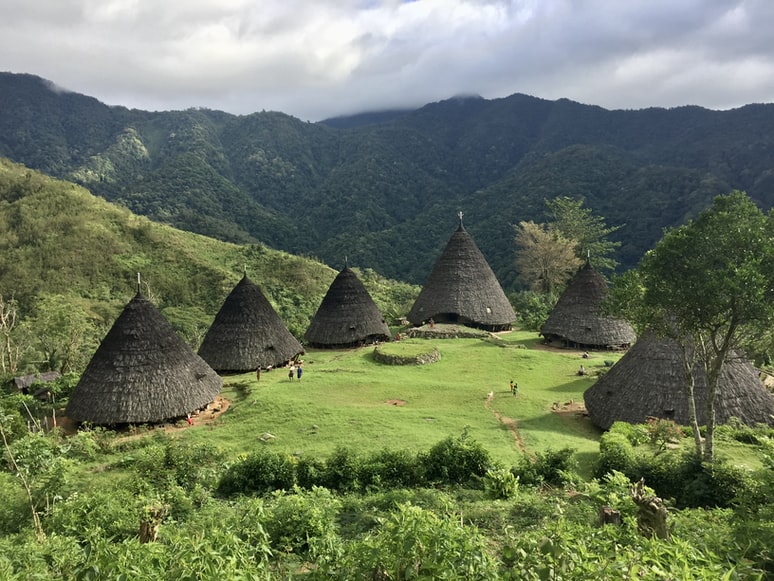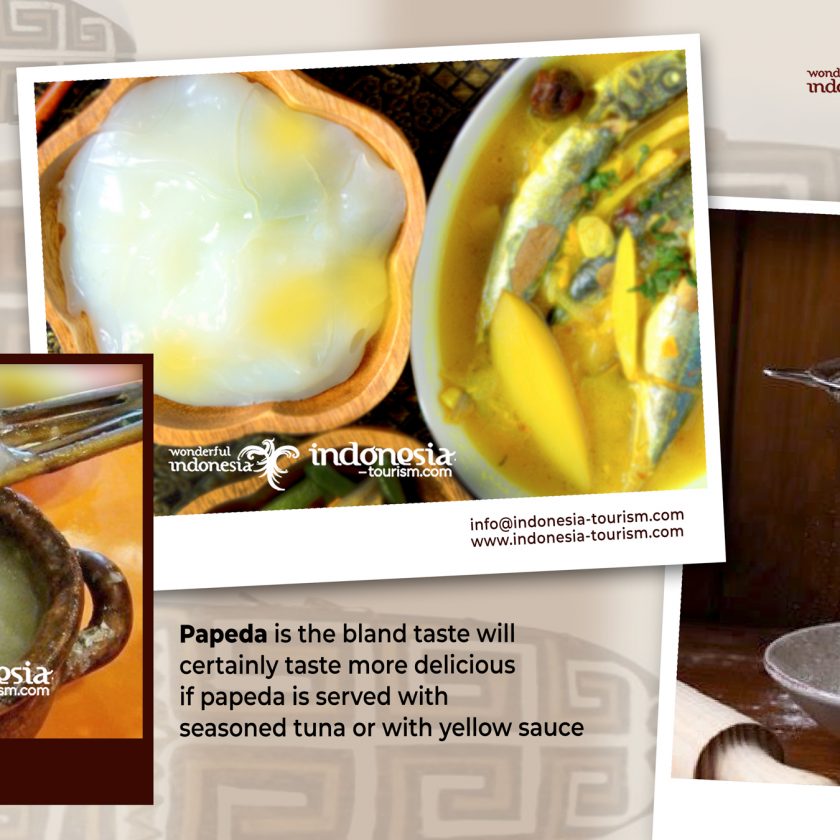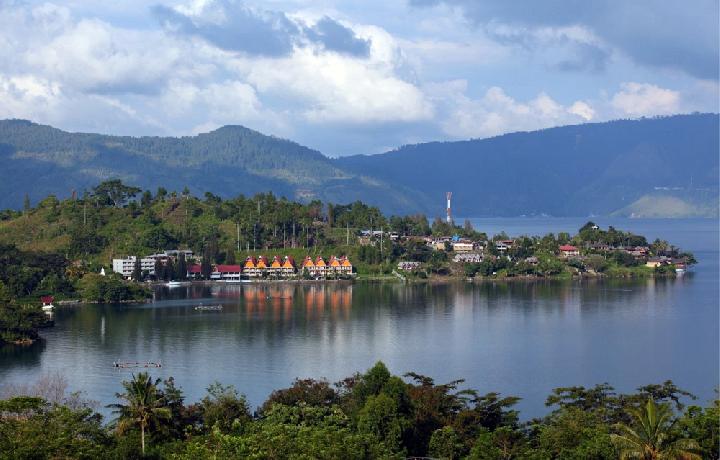Talking about natural wealth, culture, ethnicity, and race in Indonesia, it will never end, because there are so many tourism potentials and Indonesia’s creative economy, as well as the potential for tourist villages.
Currently, many villages in Indonesia continue to develop their natural and cultural potential, which has strong related with local wisdom. No doubt making tourist villages built from the results of community self-help is very attractive to tourists, because tourist villages are considered to be more personalized, customize, localize, and smaller in size.
Even, some of the tourist villages in Indonesia have won the 50 best tourist villages in Indonesia in the 2021 Indonesian Tourism Village Award (ADWI), and there are selected tourist villages to represent Indonesia in the “UNWTO Best Tourism Villages 2021” event. They are Nglanggeran Tourism Village, Gunung Kidul, DIY Yogyakarta; Tetebatu Tourism Village, East Lombok, West Nusa Tenggara; and Wae Rebo Village, Manggarai, East Nusa Tenggara.
These three villages are ready to compete with tourist villages in various parts of the world. Its competitors are also quite ‘heavy’ and well known globally, including Murcia (Cehegin), Spain; Alonissos, Westerb Samos, and Soufli representing Greece; as well as tourist villages from Southeast Asia such as Vietnam, Philippines, Thailand, Malaysia, Cambodia, and many more.
This international tourist village competition certainly gives pride to the Indonesian people, as well as an effort to promote Indonesian tourism in the global market.
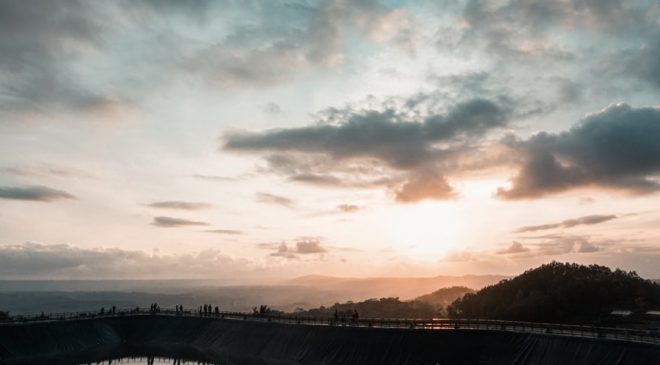
Nglanggeran Tourism Village
Located in Patuk District, Gunung Kidul, Jogjakarta, precisely in the Purba Volcano area (Gunung Api Purba). This tourist village is the biggest attraction for tourist. Purba Volcano itself is part of Gunung Sewu (mount) Geopark (a geopark recognized by the world).
To enjoy the splendor of Purba Volcano, tourists can track by climbing 100 stairs. Arriving at the top, visitors can see the Purba volcano that stretches wide with unique boulders. Visitors can see the complete view of the geosite and see the uniqueness of Pitu Village. That is one village that can only be filled by 7 families.
In addition, there is also the Nglanggeran Embung. This tourist spot, which is a 0.34 hectare water reservoir, is used for irrigating the residents’ gardens.
Nglanggeran Tourism Village is also rich in artistic and cultures which are still preserved. Among them are the Reog Nglanggeran dance, Gejog Lesung, Jathilan, Kenduri, Karawitan, and the Cultural Carnival Festival. There is also creative products such as mask batik, traditional spa, and culinary arrays. Nglanggeran Tourism Village also has handmade batik with Purba Volcano motifs and chocolate, jumputan batik using marbles and stones, and eco-print batik using teak leaves, papaya, cassava, and kenikir leaves.
Tetebatu Tourism Village
Nature tourism in Tetebatu Tourism Village is a magnet for local and foreign tourists to visit the area in the valley of Mount Rinjani. From Tetebatu Tourism Village, tourists can see views of Mount Sangkareang and Mount Rinjani. Besides the beautiful expanse of terraced rice fields, the most tempting thing about this village are the two waterfalls, they are the Sarang Walet or Bat Cave waterfall and the Kokok Duren waterfall.
Then tourists can also visit the Monkey Forest, here visitors can see the original endemic black monkeys of Tetebatu. For those who like tracking, Tetebatu Tourism Village also has places for healthy walks that in the community’s coffee, chocolate, vanilla and clove gardens. Even tourists can participate in planting the seeds, if the planting season is in progress.
By visiting Tetebatu, visitors can get the experience of religious tourism by seeing historical relics of an ancient Koran that is 200 years old. The Koran, which is made of wood and camel skin, is said to have been originally handwritten.
This ancient Koran is stored in a house called bale kemaliq in Tete Batu Lingsar sub-village, Sikur District. The Koran has now been handed down to Jinarim alias Sukirman, who claims to have gotten the historical object from his grandfather for generations.
Wae Rebo Village
Wae Rebo village is often referred to as heaven above the clouds, because the village is located 1,000 meters above sea level. No wonder the scenery that presented is so stunning, like a painting.
To reach this place is not easy because it is located on top of a mountain. Visitors need tracking down the path, splitting the forest to the river as far as 6 kilometers. Tourists must prepare for a fit body condition, because at the start of the climb, they are immediately presented with a relentless incline. However, upon arrival at Wae Rebo Village, the tiredness paid off.
The first thing that attracts the attention of tourists are the seven traditional houses that the iconic thing of Wae Rebo Village, named Mbaru Niang, which are cone-shaped. In addition, the expanse of green grass, which is surrounded by mountains complete with fog, also becomes the charm of the village. So that it gives a magical impression, but peaceful, calm, and prosperous.
Various traditional events are always carried out every year. Such as the offering ceremony for the spirits that inhabit the Wae Rebo place which is carried out twice a year, in June and October 2021. In addition, there are wedding ceremonies and birth ceremonies.
With the exotic nature and culture of Wae Rebo Village, it is not surprising that it received recognition from UNESCO as a world cultural heritage in August 2012.
–sh
